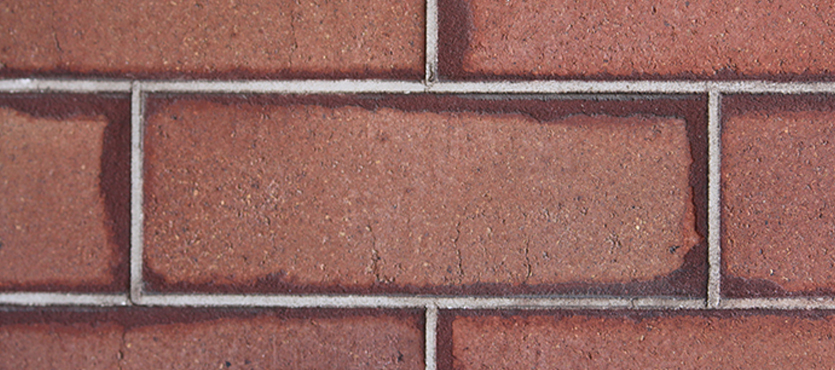Have you ever wondered how historic brick buildings can stay in such good shape despite being very old? Depending on the state of the brick and mortar or the severity of any present damage, there are a few ways masons can keep brick from falling into disrepair, and that is by tuckpointing and repointing.
Although the two perform similar functions with many people using the terms interchangeably, they fulfill different purposes, and it is important to distinguish between them. If you own a brick home and think it might be in need of some repairs, you might not be sure which one to choose, so here are the pros and cons of tuckpointing and repointing.
Pros Of Repointing
When the mortar holding the brick together begins to deteriorate, often because of moisture, it can lead to complications as the brick structure’s stability becomes increasingly compromised. To prevent further damage to your home, repointing is the process of filling in and repairing damaged or crumbling brickwork to restore structural integrity.
The process involves using a mechanical angle grinder to remove damaged mortar and any other damaged material before cleaning the area free of debris so that new mortar can fill the area. This will restore durability to the structure, sealing out any moisture from entering and damaging the brickwork any further.
Cons Of Repointing
While repointing as a preventative measure can help you avoid more costly repairs, it is still an extremely labor-intensive job that needs professionals on the job to be done correctly. Because of that, repointing can still be an expensive affair, as both the labor and materials changes begin to add up, depending on how much mortar is damaged.
Furthermore, repointing is only a temporary fix, as it will not address anything other than damaged mortar. If other issues are compromising the structural integrity of your home, repointing alone will not be enough to solve the problem, and you will need to hire a professional to assess for further damage.
Pros Of Tuckpointing
Similar to repointing, tuckpointing involves using a narrow ridge of lime putty or fine lime mortar to restore the appearance and integrity of the brick structure. To begin the process, a mason will use a router or grinder to remove any damaged mortar before using a new mortar and cut thin strips down the middle of the joints to form grooves.
Once this is complete, they will fill the grooves with mortar that matches the original color of the brickwork, sealing out any more moisture from invading and further damaging any more of the brickwork. Although this technique does address damaged mortar, the primary purpose of tuckpointing is to imitate the appearance of rubbed brick, giving the appearance of high-end rubbed bricks without spending as much money.
Cons Of Tuckpointing
While tuckpointing can address damaged mortar, the purpose for it is usually to apply an aesthetic makeover. Similar to repointing, tuckpointing is a labor-intensive job that requires professionals to carry out, which can make costs rise very quickly depending on how much brickwork needs fixing.
To circumvent higher costs, some people engage in spot tuckpointing, where the tuckpointing is localized to a few spots and not applied to the entire structure. While this may allow you to only address areas that are damaged, saving you some money, the results can look rather unattractive, and the primary purpose of tuckpointing is to provide an appealing visual makeover to existing brickwork and is typically not advisable.
Restore Your Home’s Brickwork
If you need any tuckpointing or repointing work done on your home, Turnbull Masonry has been offering superior masonry construction and restoration since 2003. If you need a team of professionals for a project around your home, contact us today for a quote.

